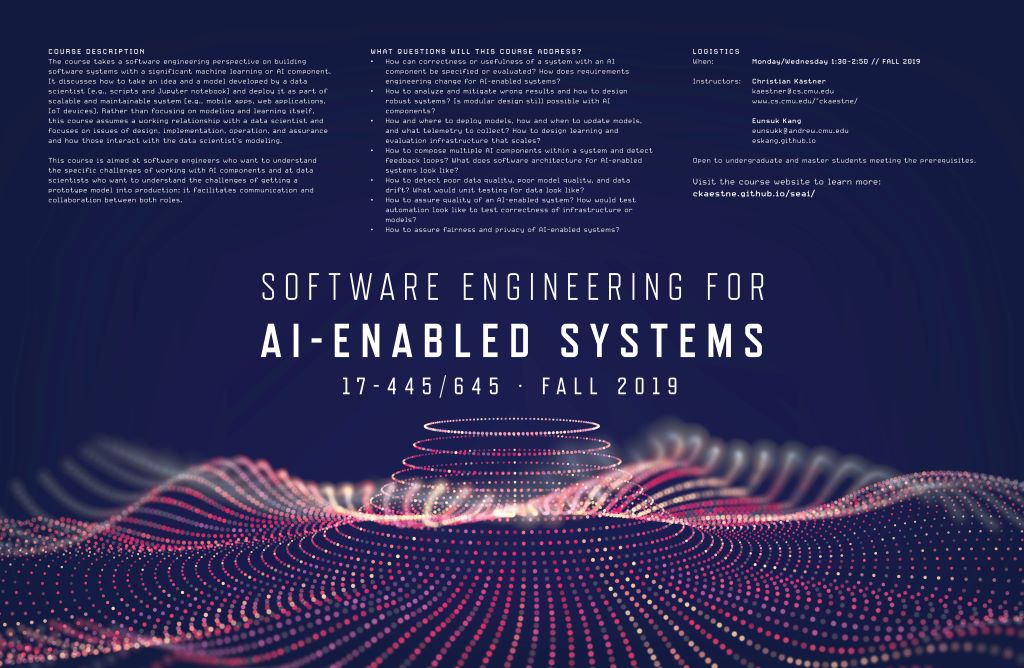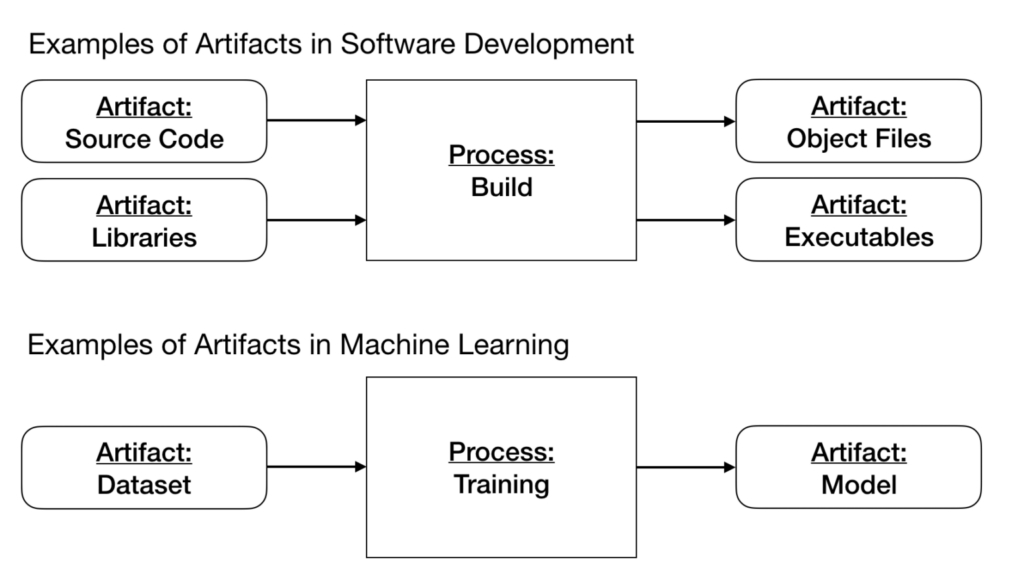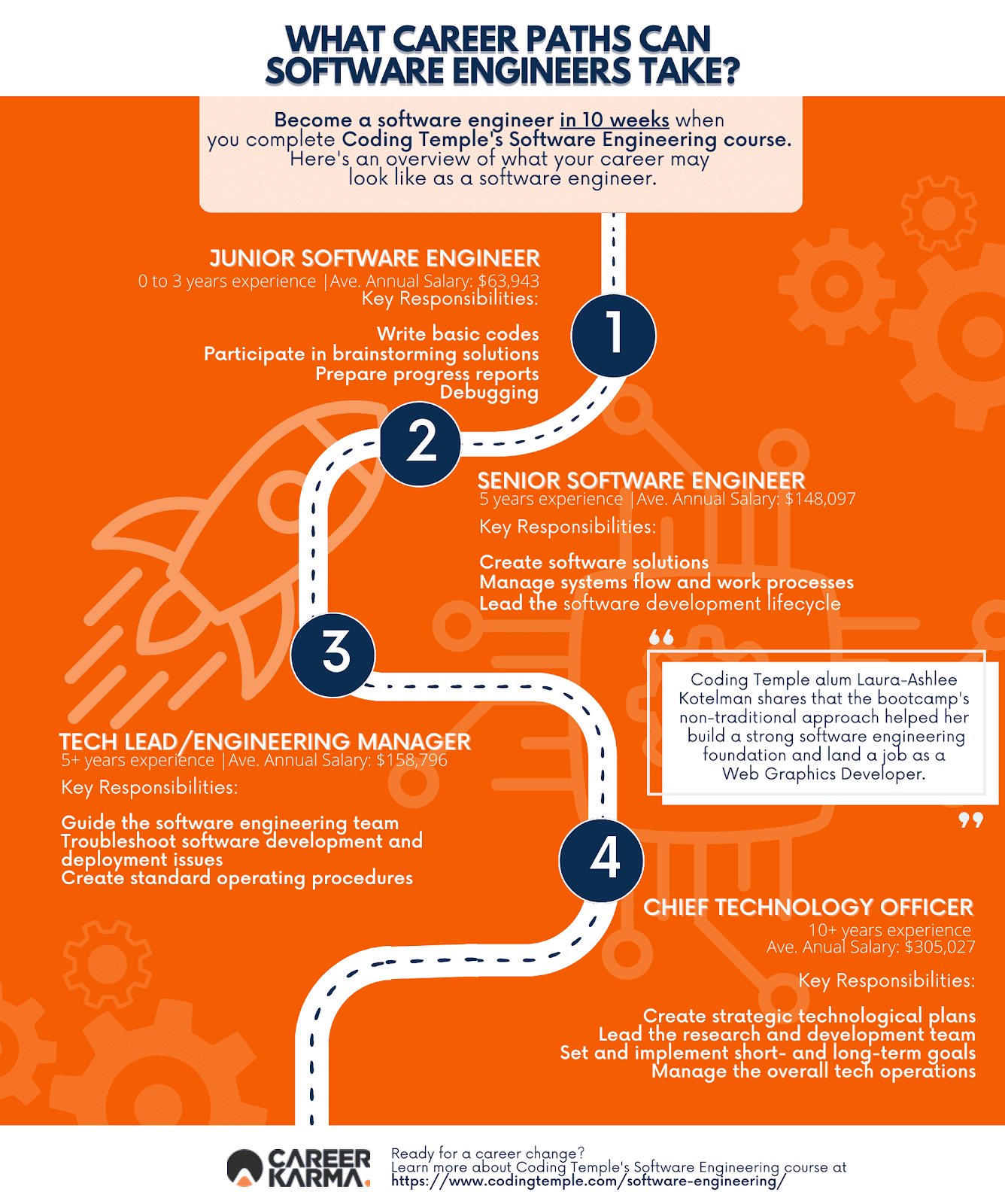All Categories
Featured
Table of Contents
- – The 7-Minute Rule for How To Become A Machine ...
- – Get This Report on What Do I Need To Learn Abo...
- – Excitement About Top Machine Learning Careers...
- – Our What Does A Machine Learning Engineer Do?...
- – 4 Simple Techniques For Fundamentals Of Mach...
- – Some Known Questions About Software Engineer...
You possibly know Santiago from his Twitter. On Twitter, every day, he shares a great deal of functional points regarding equipment understanding. Alexey: Before we go into our primary topic of relocating from software engineering to machine learning, maybe we can begin with your background.
I began as a software program programmer. I mosted likely to college, got a computer technology degree, and I started developing software. I think it was 2015 when I decided to go with a Master's in computer technology. At that time, I had no idea regarding artificial intelligence. I didn't have any passion in it.
I understand you have actually been making use of the term "transitioning from software program engineering to artificial intelligence". I like the term "including to my capability the artificial intelligence abilities" a lot more since I believe if you're a software engineer, you are currently offering a great deal of worth. By including artificial intelligence now, you're augmenting the effect that you can have on the sector.
Alexey: This comes back to one of your tweets or maybe it was from your program when you contrast two strategies to knowing. In this case, it was some trouble from Kaggle concerning this Titanic dataset, and you just discover exactly how to address this problem using a details tool, like choice trees from SciKit Learn.
The 7-Minute Rule for How To Become A Machine Learning Engineer Without ...
You initially discover mathematics, or direct algebra, calculus. When you recognize the math, you go to machine discovering concept and you discover the concept.
If I have an electrical outlet right here that I need changing, I don't wish to most likely to college, spend 4 years recognizing the math behind electricity and the physics and all of that, just to change an outlet. I would instead begin with the outlet and find a YouTube video that aids me go with the problem.
Negative example. You get the concept? (27:22) Santiago: I actually like the concept of starting with a problem, attempting to toss out what I recognize up to that problem and comprehend why it doesn't work. Then grab the tools that I need to resolve that issue and start excavating deeper and much deeper and deeper from that point on.
To make sure that's what I usually recommend. Alexey: Possibly we can speak a little bit about discovering resources. You discussed in Kaggle there is an introduction tutorial, where you can obtain and learn just how to make decision trees. At the beginning, prior to we began this meeting, you pointed out a number of publications too.
The only need for that training course is that you know a little bit of Python. If you go to my profile, the tweet that's going to be on the top, the one that claims "pinned tweet".
Get This Report on What Do I Need To Learn About Ai And Machine Learning As ...

Also if you're not a programmer, you can start with Python and function your method to even more machine learning. This roadmap is focused on Coursera, which is a system that I really, truly like. You can examine all of the programs completely free or you can pay for the Coursera membership to obtain certifications if you intend to.
Alexey: This comes back to one of your tweets or perhaps it was from your program when you compare 2 techniques to learning. In this instance, it was some problem from Kaggle regarding this Titanic dataset, and you simply learn exactly how to resolve this issue making use of a particular device, like choice trees from SciKit Learn.

You initially find out mathematics, or straight algebra, calculus. After that when you understand the math, you go to machine discovering concept and you learn the theory. Then four years later, you ultimately involve applications, "Okay, how do I use all these 4 years of mathematics to address this Titanic trouble?" ? So in the previous, you sort of save on your own some time, I think.
If I have an electric outlet right here that I require changing, I do not intend to go to college, spend 4 years understanding the mathematics behind power and the physics and all of that, just to transform an electrical outlet. I prefer to start with the outlet and find a YouTube video that assists me go with the problem.
Santiago: I actually like the concept of starting with an issue, trying to toss out what I recognize up to that problem and recognize why it doesn't work. Get hold of the devices that I require to address that problem and start excavating much deeper and much deeper and much deeper from that factor on.
So that's what I generally suggest. Alexey: Perhaps we can chat a little bit regarding finding out sources. You mentioned in Kaggle there is an introduction tutorial, where you can get and find out just how to choose trees. At the start, before we started this meeting, you pointed out a number of publications too.
Excitement About Top Machine Learning Careers For 2025
The only need for that program is that you understand a little bit of Python. If you go to my account, the tweet that's going to be on the top, the one that claims "pinned tweet".
Also if you're not a programmer, you can begin with Python and work your way to even more artificial intelligence. This roadmap is concentrated on Coursera, which is a system that I actually, actually like. You can investigate every one of the programs for free or you can pay for the Coursera registration to get certificates if you wish to.
Our What Does A Machine Learning Engineer Do? Statements
Alexey: This comes back to one of your tweets or maybe it was from your course when you compare 2 methods to discovering. In this case, it was some issue from Kaggle concerning this Titanic dataset, and you just discover how to solve this issue using a particular device, like decision trees from SciKit Learn.

You first discover mathematics, or direct algebra, calculus. When you know the math, you go to machine knowing theory and you learn the theory.
If I have an electrical outlet here that I require changing, I do not wish to go to university, spend four years understanding the mathematics behind power and the physics and all of that, just to change an electrical outlet. I prefer to begin with the outlet and find a YouTube video clip that assists me experience the problem.
Bad analogy. You get the idea? (27:22) Santiago: I really like the idea of starting with a problem, attempting to toss out what I recognize as much as that issue and comprehend why it does not work. After that grab the tools that I need to fix that issue and start excavating deeper and deeper and deeper from that factor on.
Alexey: Perhaps we can talk a little bit regarding discovering resources. You mentioned in Kaggle there is an introduction tutorial, where you can get and discover exactly how to make decision trees.
4 Simple Techniques For Fundamentals Of Machine Learning For Software Engineers
The only demand for that training course is that you recognize a little bit of Python. If you go to my account, the tweet that's going to be on the top, the one that states "pinned tweet".
Even if you're not a designer, you can begin with Python and function your method to more artificial intelligence. This roadmap is concentrated on Coursera, which is a system that I really, truly like. You can examine all of the programs free of charge or you can spend for the Coursera registration to get certifications if you intend to.
That's what I would certainly do. Alexey: This comes back to one of your tweets or perhaps it was from your training course when you compare two strategies to knowing. One technique is the problem based strategy, which you just discussed. You find a problem. In this case, it was some trouble from Kaggle about this Titanic dataset, and you simply find out just how to resolve this problem making use of a particular device, like choice trees from SciKit Learn.
You initially learn math, or linear algebra, calculus. After that when you understand the math, you go to artificial intelligence theory and you discover the theory. Four years later, you lastly come to applications, "Okay, just how do I utilize all these 4 years of mathematics to solve this Titanic problem?" ? So in the previous, you kind of conserve on your own time, I believe.
Some Known Questions About Software Engineering For Ai-enabled Systems (Se4ai).
If I have an electric outlet right here that I require replacing, I don't want to go to university, spend four years understanding the mathematics behind electricity and the physics and all of that, just to change an electrical outlet. I would certainly rather start with the electrical outlet and find a YouTube video clip that aids me go via the trouble.
Santiago: I truly like the idea of beginning with a problem, trying to throw out what I recognize up to that trouble and comprehend why it does not function. Order the devices that I need to address that problem and begin excavating much deeper and deeper and deeper from that factor on.

That's what I normally suggest. Alexey: Perhaps we can speak a little bit concerning learning resources. You pointed out in Kaggle there is an intro tutorial, where you can get and discover just how to make decision trees. At the start, prior to we began this interview, you pointed out a couple of books.
The only demand for that program is that you recognize a little bit of Python. If you go to my account, the tweet that's going to be on the top, the one that states "pinned tweet".
Even if you're not a programmer, you can start with Python and function your method to even more maker knowing. This roadmap is concentrated on Coursera, which is a platform that I truly, actually like. You can examine all of the training courses free of charge or you can spend for the Coursera subscription to obtain certificates if you want to.
Table of Contents
- – The 7-Minute Rule for How To Become A Machine ...
- – Get This Report on What Do I Need To Learn Abo...
- – Excitement About Top Machine Learning Careers...
- – Our What Does A Machine Learning Engineer Do?...
- – 4 Simple Techniques For Fundamentals Of Mach...
- – Some Known Questions About Software Engineer...
Latest Posts
The 10 Types Of Technical Interviews For Software Engineers
Free Online System Design Courses For Tech Interviews
How To Answer Business Case Questions In Data Science Interviews
More
Latest Posts
The 10 Types Of Technical Interviews For Software Engineers
Free Online System Design Courses For Tech Interviews
How To Answer Business Case Questions In Data Science Interviews